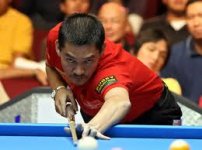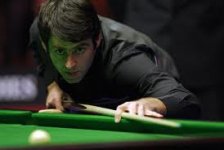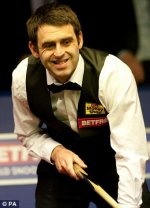Just received my own copy of “The Secret Art of Pool” :thumbup: by Lee Brett late Wednesday November 23, 2011 after getting home around 10pm. Even though I had a busy schedule planned for Thanksgiving the next day, I couldn’t resist taking a quick peak… Wow! Simple, easy-to-read format, new ways of looking at things and clear diagrams – thanks to Wei Chao’s cue table (http://www.pool.bz).
Lee Brett has made everything simple and clear; no table of contents, no page numbers; just all the most important secrets you need to be a better pool player. The book is simplified so anyone can understand it. It includes tests you can take to show whether you understood what you read. The “toothpaste” and the “poke” tests are really good; the PST +/- stuff is critical to playing great pool; the drills are excellent and if you want to know how to find your natural rhythm, this is it! The book covers all aspects of what every pool player needs to make balls. I highly recommend Lee Brett’s book “The Secret Art of Pool” to pool players that want to improve their game.
Bob Beaulieu
WorldPPA
11/25/11
Lee Brett has made everything simple and clear; no table of contents, no page numbers; just all the most important secrets you need to be a better pool player. The book is simplified so anyone can understand it. It includes tests you can take to show whether you understood what you read. The “toothpaste” and the “poke” tests are really good; the PST +/- stuff is critical to playing great pool; the drills are excellent and if you want to know how to find your natural rhythm, this is it! The book covers all aspects of what every pool player needs to make balls. I highly recommend Lee Brett’s book “The Secret Art of Pool” to pool players that want to improve their game.
Bob Beaulieu
WorldPPA
11/25/11


